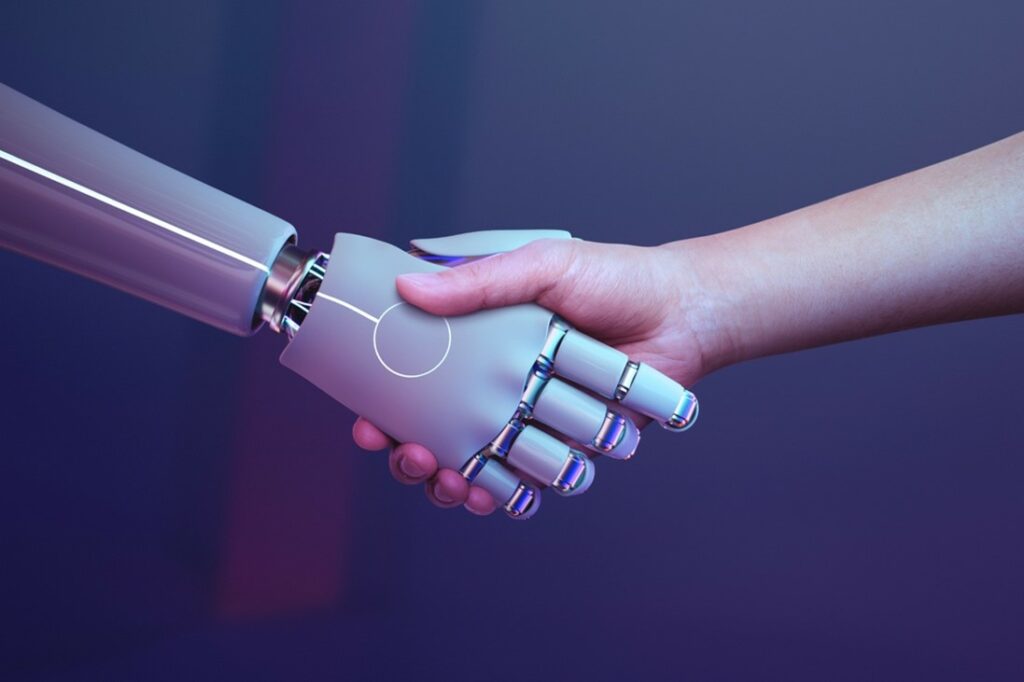Gamification techniques and tools have enhanced digital learning. Integrating these with artificial intelligence (AI) can be highly beneficial, though, if misapplied, it might prove disadvantageous.
The primary goal of gamifying learning is to boost participation, motivation, engagement, and the assessment of learning materials. Everything is designed to involve students in the gameplay so they can learn while having fun. Artificial Intelligence can bring numerous benefits to make gamification even more appealing. For this reason, many gamification tools already incorporate basic AI functions.

The considerable benefits and opportunities of AI
A key advantage of AI is its intelligent technology that can easily analyze student behavior and recognize emotions based on their performance. In the context of digital learning, this means AI can evaluate user interactions to create personalized exercises tailored to the learning objectives set by the teacher. The software can identify the types of exercises that engage students more because they find them more attractive, thereby generating more motivating activities for students, enhancing their learning process and skill acquisition.
AI software also plays a crucial role in the assessment process, featuring systems that automatically analyze user performance and provide instant feedback and rewards. Students can receive immediate results, encouraging further involvement in the activity and focusing on learning objectives. This is also beneficial for teachers, who gain valuable insights into student performance and can offer constant, personalized feedback.
Exploring new cultures through gamified learning Incorporating cultural exploration into gamified learning with AI opens new doors for students, allowing them to delve into diverse global cultures. This enriches the educational experience by broadening learners’ perspectives and fostering cultural empathy. AI-driven games can simulate real-life interactions in various cultural settings, providing students with a safe space to learn about different customs, traditions, and languages. This not only enhances language learning but also equips students with the soft skills necessary in our increasingly globalized world. By blending gamification with cultural education, we prepare students not just for academic success but for a life of global citizenship and understanding.

The negative impact of AI
However, some aspects of artificial intelligence might negatively impact the learning process. Aimed at optimizing processes, its speed in creating and suggesting new activity types can be overly stimulating for students, affecting their attention spans. An information overload may prevent them from reflecting on their mistakes, risking failure to learn from them. Moreover, this AI feature can be too distracting, leading students to forget the primary goal of the activity: learning. Data protection is another concern for some experts. AI software can analyze and record a vast amount of data from students and teachers. The question arises: to what extent can this technology access and process our personal information? As AI is based on online systems, all this information is stored in the Cloud. It’s crucial to establish appropriate legislation to ensure adequate data protection.
In conclusion, AI can offer numerous benefits to gamification, making processes more efficient and enjoyable, potentially enhancing student participation and positively impacting their learning process. However, an excess of stimuli could affect students’ ability to stay focused. Data protection also remains a concern, and as AI is here to stay, it’s important to monitor the progress of this technology and the legislation that will apply.



